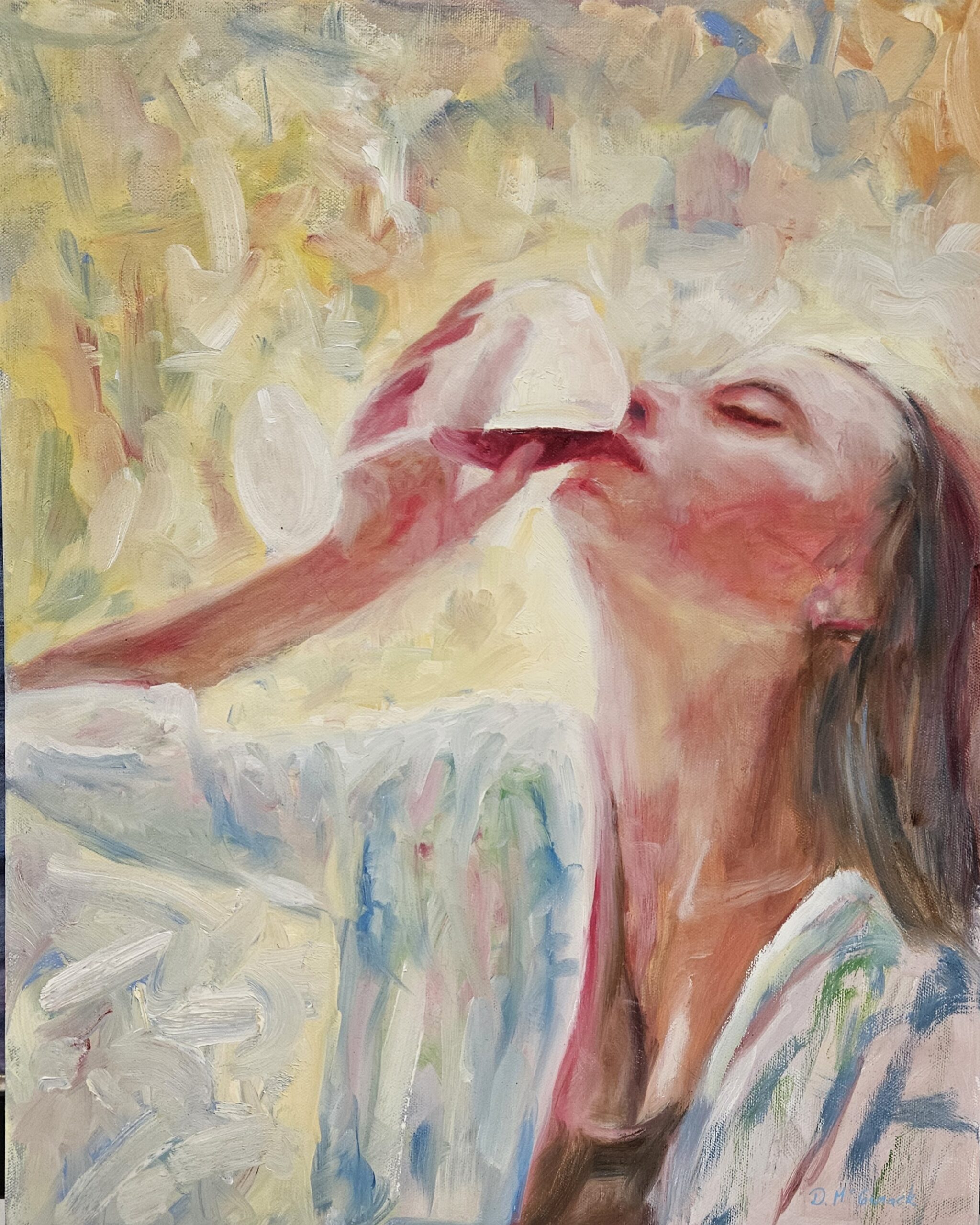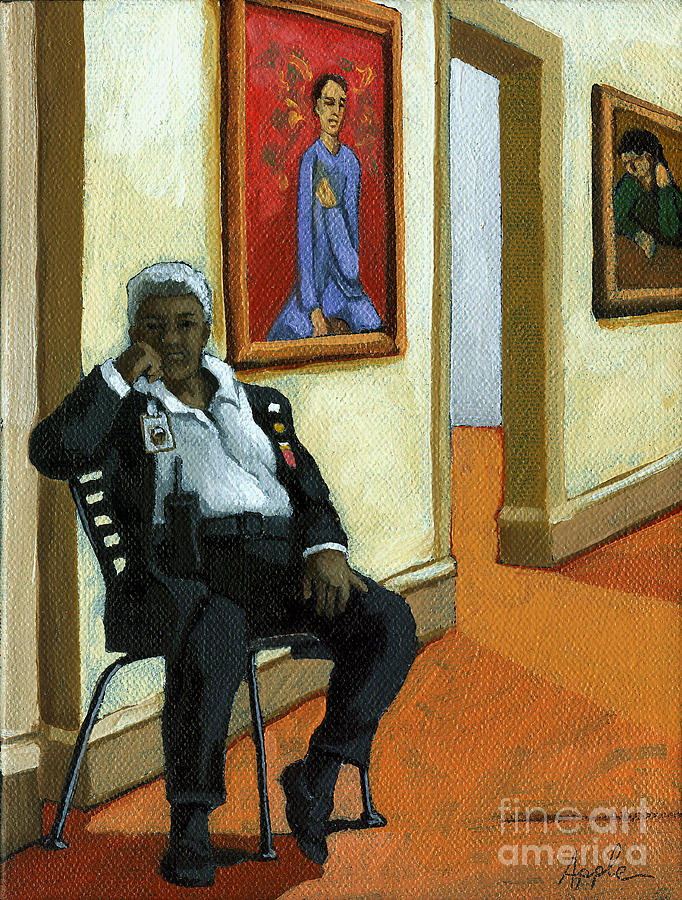The Evolution of Art: A Comprehensive Guide to Figurative Oil Painting
The Evolution of Art: A Comprehensive Guide to Figurative Oil Painting
Blog Article
The Advancement of Metaphorical Oil Painting: Understanding Its Historic Importance and Modern Interpretations
The development of metaphorical oil painting serves as a compelling lens with which to analyze the interplay between artistic expression and historical context. Contemporary artists, drawing from this abundant heritage, are now reinterpreting the human figure in methods that challenge standard narratives.
Origins of Metaphorical Oil Paint
The origins of figurative oil painting can be mapped back to the very early Renaissance in Europe, particularly in the 15th century. This period marked a considerable departure from the rigid forms and flat depictions characteristic of medieval art. Artists began to explore naturalism, highlighting the human figure and its psychological expression. The development of oil paint enabled higher depth of color and information, boosting the realism and vibrancy of their job.

In this transformative era, numbers were often illustrated within contextually rich environments, showcasing not only their physical characteristics but additionally their emotional states. Pioneers such as Jan van Eyck and Titian harnessed the medium's convenience, employing layering techniques to accomplish luminosity and texture. This technology promoted the representation of detailed fabrics and the subtleties of skin tones, adding to the development of portraiture and narrative scenes.
In Addition, the Renaissance emphasis on humanism promoted an appreciation for individuality, which consequently influenced artists to develop more dynamic and relatable numbers - figurative oil painting. Because of this, metaphorical oil paint arised as a powerful lorry for storytelling and emotional engagement, laying the foundation for future imaginative movements and styles
Trick Historic Motions
Substantial historical activities have actually shaped the advancement of metaphorical oil painting, each contributing distinct philosophies and strategies that expanded the medium's opportunities. The Renaissance noted a zero hour, highlighting realism and the human kind, with musicians like Leonardo da Vinci and Michelangelo pushing the borders of physiological precision and perspective. Following this, the Baroque era brought remarkable contrasts of light and darkness, exhibited by Caravaggio, that infused spiritual themes with intense emotionality.
The 19th century introduced Romanticism and Realistic look, where artists such as Delacroix and Courbet challenged classic perfects, concentrating on individual expression and daily life. The introduction of Impressionism even more transformed the medium by highlighting the effects of light and shade, bring about a departure from standard representation.
In the very early 20th century, motions like Expressionism and Cubism redefined figurative painting with abstraction and the exploration of psychological depth. Each of these activities not only mirrored the social adjustments of their times but likewise laid the groundwork for modern analyses. The interaction in between these historical activities has actually produced an abundant tapestry of ideologies and designs, affecting modern-day artists in their quest of capturing the human experience on canvas.
Strategies and Materials Advancement

Throughout the Baroque duration, techniques such as chiaroscuro and sfumato arised, enhancing the emotional resonance of figurative compositions. Artists began to try out lusters and impasto, adjusting appearance and luminosity. By the 19th century, advancements like making use of pre-mixed paints in tubes transformed accessibility, allowing artists to paint en plein air and catch the short lived results recommended you read of light.
The 20th century experienced the introduction of artificial pigments and mediums, which broadened the scheme and changed the uniformity of oil paints. Additionally, the exploration of new application strategies, such as palette blades and brushes of click for info varying stiffness, further diversified imaginative expression. Jointly, these improvements mirror the evolving relationship between materials, methods, and the imaginative vision inherent in metaphorical oil painting.

Contemporary Interpretations
Contemporary interpretations of figurative oil painting show a dynamic discussion in between tradition and advancement, where musicians test developed standards and explore diverse motifs. This advancement shows up in various means, as modern artists mix classical methods with contemporary principles, frequently resolving social, political, and personal narratives.
Many professionals attract ideas from historical works, yet they instill their items with contemporary viewpoints, utilizing the human type as an automobile for commentary on sex, society, and identification. Artists significantly experiment with abstraction, distortion, and multimedias, which permits for a wider interpretation of the figure and its context.
In addition, using vivid shade palettes and non-traditional make-ups usually offers to interfere with traditional checking out experiences, provoking crucial engagement from audiences. This change in focus extends beyond visual appeals; it shows a growing understanding of the intricacies of human experience in an interconnected globe.
As figurative oil paint continues to progress, it continues to be a vital medium for checking out the nuances of contemporary life, embodying both a regard for heritage and a dedication to progressive thought. The outcome is an abundant tapestry of expression that resonates with the intricacies of the contemporary human problem.
Influence On Modern Art
The influence of home figurative oil paint on modern-day art is extensive, as it has actually consistently motivated a myriad of imaginative activities and practices throughout the 20th and 21st centuries. From Expressionism to Surrealism and past, the expedition of the human figure has stayed a main style, allowing artists to convey complex feelings and stories. This focus on metaphorical representation has resulted in a re-examination of standard techniques, leading to cutting-edge techniques that blend realism with abstraction.
Additionally, contemporary artists have welcomed metaphorical oil paint as a way to attend to social and political problems, using the tool to test understandings of culture, identification, and sex. The resurgence of passion in metaphorical operate in current years reflects a wishing for connection in a progressively electronic world, where human experience and feeling are paramount.
In addition, the dialogue in between metaphorical oil paint and modern art appears in the works of artists such as Kehinde Wiley and Jenny Saville, that attract on historical recommendations while instilling their pieces with modern importance. Eventually, metaphorical oil paint remains to form and redefine modern artistic expression, underscoring its long-lasting relevance in the art world.
Conclusion
The evolution of metaphorical oil painting highlights its historical importance and versatility throughout numerous creative activities. Inevitably, metaphorical oil painting remains a vital tool for checking out the human experience, reverberating profoundly in today's digital landscape.
The evolution of figurative oil paint serves as a compelling lens through which to take a look at the interplay in between creative expression and historic context.Considerable historic activities have actually formed the advancement of figurative oil painting, each contributing distinct viewpoints and techniques that increased the medium's possibilities.As historic activities shaped the trajectory of metaphorical oil painting, the products and techniques used by musicians have additionally undergone substantial changes. figurative oil painting.The effect of metaphorical oil painting on contemporary art is extensive, as it has consistently influenced a myriad of imaginative motions and practices throughout the 21st and 20th centuries.The development of figurative oil painting highlights its historic significance and adaptability throughout different imaginative movements
Report this page